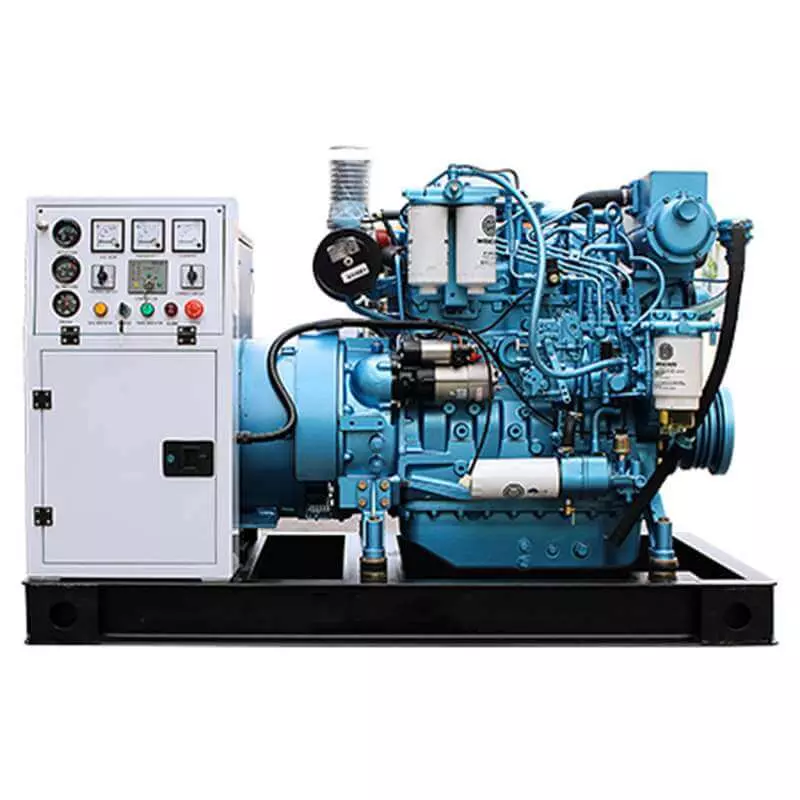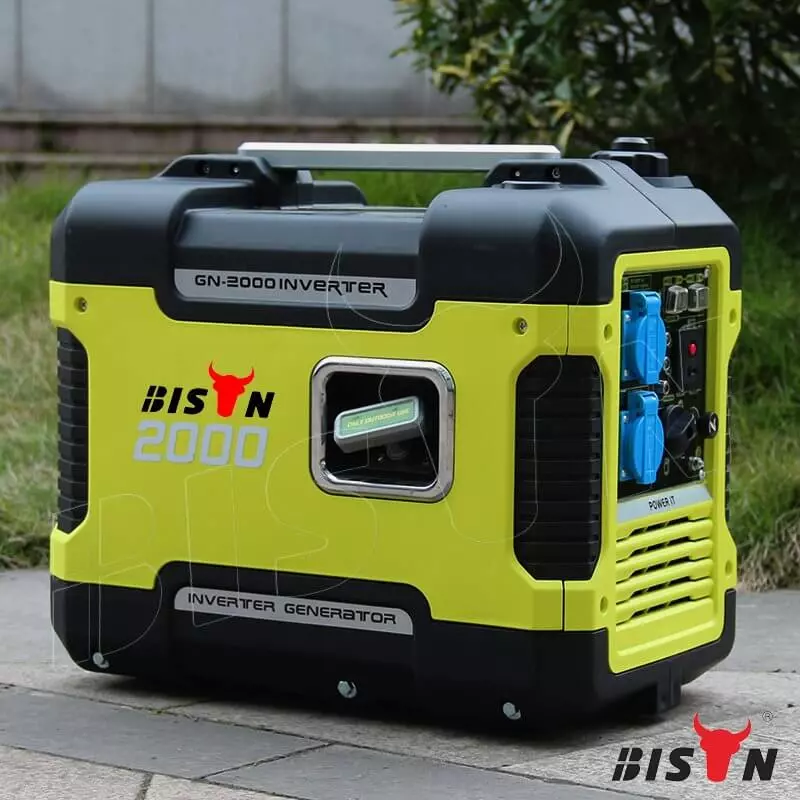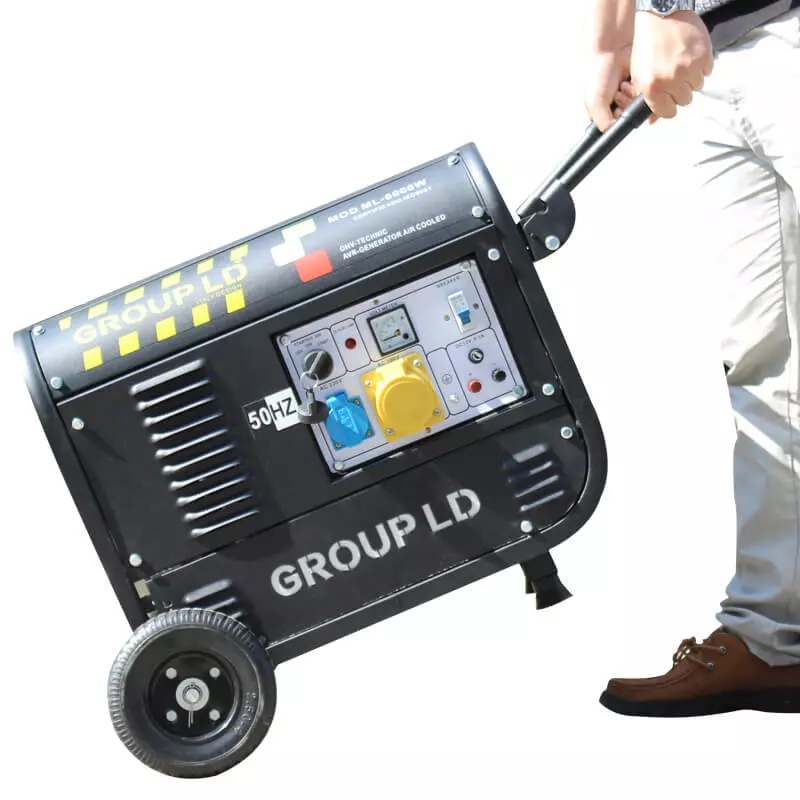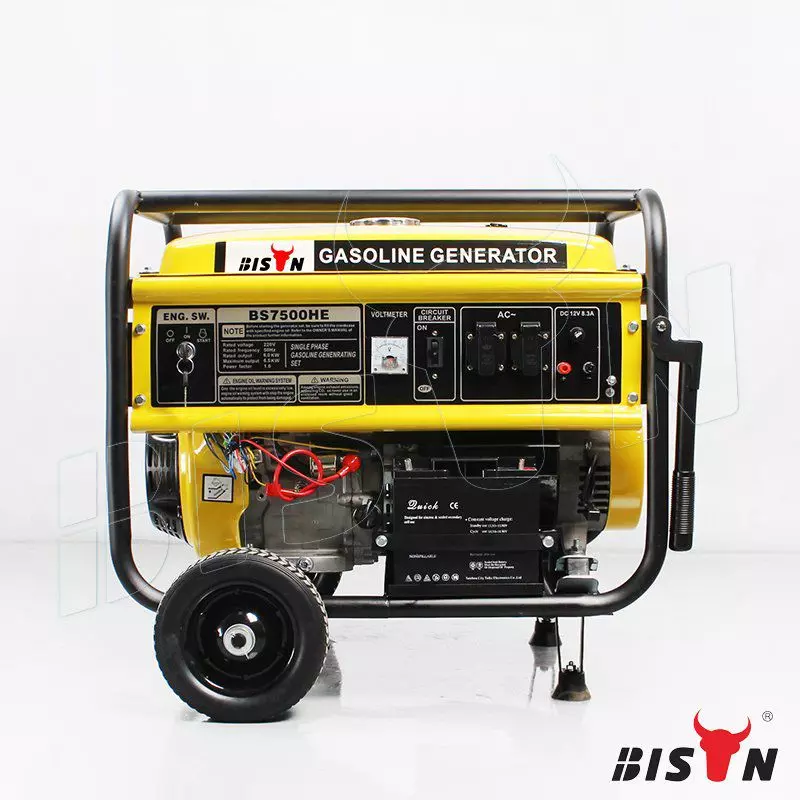generator low voltage output causes and solutions
2024-06-25
Table of content
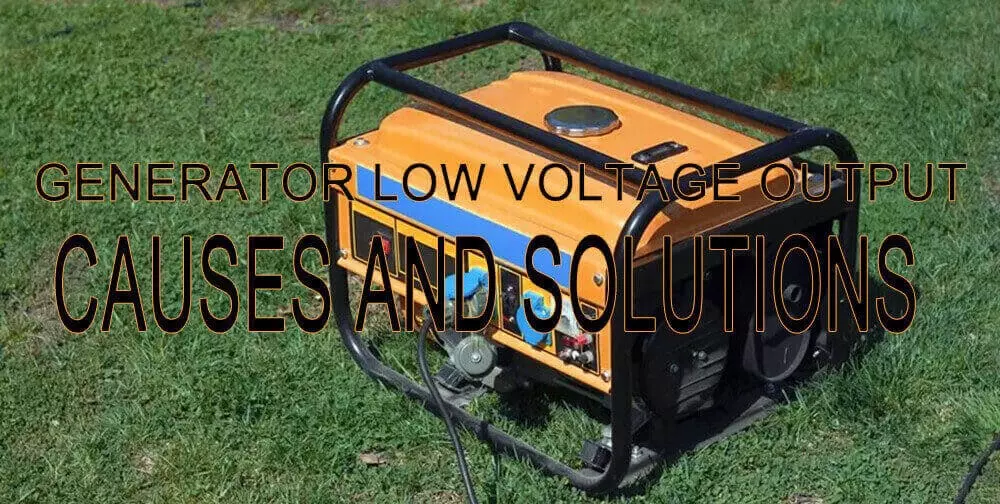
Generators are commonly used in homes, offices, schools, and various other locations. They are frequently relied upon as a backup power supply during main power outages. However, any issues with their operation, such as producing low voltage, can be extremely detrimental, posing risks to both equipment and user safety.
Generators cannot tolerate low voltage and we need to address it promptly.
Low voltage from a generator can overheat the equipment that receives power from it. This is because the equipment must draw more current to meet its power needs. The more current, the more heat.
So, what causes generator low voltage? How can you identify them? We'll cover all of these causes below to help you use a properly working generator.
Understanding generator voltage output
The amount of voltage produced by a generator, expressed as the potential difference at its terminals, is a crucial aspect influencing its performance and safety usage for powering connected systems or devices. The generator's efficiency depends heavily on this voltage. Adequate and uniform voltage levels help guarantee the correct functioning of electrical equipment, safeguarding them against potential harm from too high or too low voltage conditions.
Normal voltage output ranges for different types of generators
Different types of generators are designed to provide specific voltage ranges depending on their intended use. Here are some common examples:
Portable generators are mainly utilized for domestic use, or minor commercial purposes and commonly generate voltages approximately between 120 and 240 v, though this can differ based on the specific model and setup.
Standby generators, often used to supply backup power in residential or commercial settings, usually output voltages from 120 to 240 v for single phase systems. For three phase systems, these generators typically yield voltages within the range of 120/208 to 277/480 v.
Industrial generator is engineered to handle demands of intense industrial applications, offer a range of output voltages customized to meet specific needs. They commonly deliver voltages of 230 v, 460 v, 480 v and can exceed these values, particularly for three phase power systems.
Understanding the expected voltage output range for a certain generator type is key to ensuring its smooth operation and mitigating potential risks.
Why is your generator low voltage?
Load exceeds the generator's capacity
Various factors can cause voltage drops. One of the most common causes is overloading the generator beyond its operating capacity. This will cause the generator to slow down or lose voltage altogether.
Therefore, it affects everything associated with it. In some cases, the generator will stop working. It can also damage the equipment connected to it.
Solution
This problem is not a generator technical problem. Making sure the load is within the generator's capabilities will help you solve the problem.
You can use a tool that can measure this for you. This will help you keep track of the load. This way you can make sure that the load is never exceeded.
Circuit breaker failure
When the generator output is low, the circuit breaker is one of the most important items to check. The circuit breaker is installed to protect your equipment. It shuts down the generator immediately if the voltage is too high.
When the circuit breaker trips or breaks, it reduces the power supply unnecessarily. This outcome stems from inadequate voltage.
Solution
You may need to recheck the position of the circuit breaker. Evaluate the resistance of the wire connector. Additionally, the electrical panel's resistance should be assessed, which can be accomplished using a multimeter.
Consistent results indicate that the circuit breaker is operating as expected. If the meter shows overflow, you may need to seek expert help. If it does not pass the full inspection, replace it.
Mechanical Failure
The generator turbine can only occasionally provide the necessary high pressure and air. Therefore, the generator cannot run at full capacity.
In addition, the oil filter or tank often needs cleaning. This makes it challenging to maintain a constant fuel flow to the generator.
Due to insufficient and uninterrupted fuel supply, the voltage decreases.
Solution
This problem can be common. You have to look at the filter. It can be difficult to determine the cause of the turbocharger problem. Therefore, you can seek help from professionals.
Capacitor Failure
A drop in voltage usually indicates a problem with the capacitor. Since it is responsible for starting and controlling voltage, you can use a multimeter to test the capacitor if you have basic electrical knowledge.
Solution
First remove the generator capacitor. Next, remove it with the help of an insulated screwdriver handle. The next step is to record the reading, which should be within +/-5uF of the specified rating.
Alternator Failure
The alternator, a critical part of the generator, leverages the leftover magnetic field in the winding to power up the capacitor.
When the generator is not running for a long time, the residual magnetism may need to be improved. Therefore, it cannot produce the terminal voltage required to charge the capacitor.
Solution
You have to connect an external DC power source to the field winding to fix this problem. This will help generate voltage and boost the capacitor.
Afterwards, the generator can be reinstalled. Electrical professionals call this process field flashing.
Stator problems
The rotor, with its magnetic charge, spins within the stator of the generator. Failure of this component is usually a low voltage source.
Brushed and brushless stators are two types of stators to watch out for. They work differently.
Also, stators may be simpler to understand. To test them, you need the expertise and knowledge of the manufacturer.
Solution
You can find out if there is any bad circuit in the stator winding. Alternatively, connect a multimeter across the coil and test its resistance.
The resistance reading you get should be within the manufacturer's standards.
AVR problems
AVR is critically important to the functioning of generator. The voltage of the generator can be balanced and controlled by this device.
There will be an adjustment screw on every AVR that allows you to change the voltage output. Use the process of elimination to diagnose AVR dysfunction.
Solution
You can see if the AVR has tripped by checking the main breaker on the generator. Start by checking the main breaker on the generator. If the breaker passes the continuity test, go to the switchboard wiring.
Next, ensure AVR is properly calibrated and not misaligned. If the output remains the same, make sure the rotor brushes are operating well. If they are connected to the router, this is also a problem.
If everything else appears to be in order, you can move forward with testing the stator. If the stator is generating power, the AVR must be replaced. It may be a better unit.
Poor connections and wiring faults
Electrical connections and wiring are essential to transfer the power generated by the alternator to the output terminals. Poor connections, terminal corrosion, or wiring errors can seriously affect the voltage level. For example, loose or corroded connections create resistance, causing the generator voltage to drop. Damaged or damaged wiring creates resistance and causes a voltage drop.
Solution
Routinely check and maintain all electrical connections to guarantee they are firmly in place, devoid of corrosion, and secure. Any damaged wires should be replaced, and the wiring setup should align with the instructions provided by the manufacturer.
If all of these are correct, you can repair your generator.
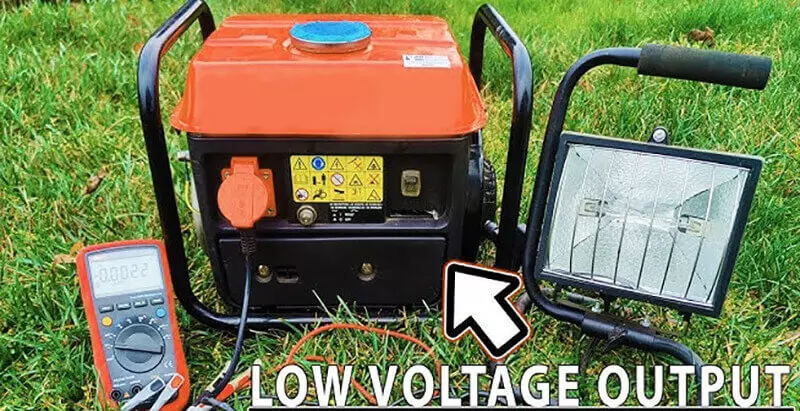
Faqs
How to deal with low voltage on a diesel generator?
Insufficient voltage in a diesel generator can impact its utility, a common issue that arises. We recommend that you use the following methods to check and deal with low voltage faults of diesel generator sets.
If the voltage is too low due to poor contact, it is necessary to increase the contact surface of the generator brush to determine whether the problem lies on the commutator surface; if it is at low speed, the commutator surface is polished with sandpaper or the spring pressure is adjusted.
When the generator set is in use, the voltage is very low and the diesel engine speed may also be too low. At this time, it is necessary to check the diesel engine speed and adjust the prime mover speed to the rated value.
When the diesel generator set is in use, the set voltage is very low because the resistance of the excitation circuit is large. In order to increase the excitation current, the resistance of the field rheostat will be reduced. Check whether the additional winding connector of the semiconductor excitation generator is broken or connected incorrectly.
Check whether the generator excitation brush is in the neutral position. It is recommended to adjust the brush to the correct position or replace the brush to solve the problem of low voltage.
Check the stator winding or field winding of the generator set for short circuit or ground fault, check the fault and clear it in time.
Some rectifier diodes are broken and must be handled in time. Check and replace the damaged diodes.
What happens if the voltage drops below a certain level?
When voltage goes down, current goes up. Components may burn out or cause equipment damage.
Can the generator voltage be increased?
Adjusting the generator throttle can help increase the generator voltage. Increased speed means increased voltage. However, follow the manufacturer's instructions and avoid excessive operation.
What controls the generator voltage?
The speed at which a conductor moves through a fixed magnetic field, and the strength of that field, affects the voltage output by the generator.
Is a low voltage generator expensive to repair?
This usually depends on what caused the low voltage in the first place. Sometimes, just removing some loads is fine. Or you may have to replace important components.
Conclusion
Ultimately, a wide spectrum of issues can result in generators generating low voltage output. These issues can come from internal generator system faults, or be due to external factors like unbalanced loads or defective components. To address this issue, an extensive review of generator components, such as the voltage regulator, brushes, and connections, using an organized method is required. In addition, regular maintenance, load management, and recalibration or replacement of damaged parts are essential to ensure consistent and adequate voltage output, thereby increasing the efficiency and life of the generator.
Troubleshooting low voltage output from a generator requires a comprehensive diagnostic process and proactive maintenance measures. By addressing internal faults and external influences, it is possible to correct the problem and restore the generator's output to optimal levels, ensuring its functionality and improving its reliability for continued use.
For a reliable and powerful generator solution, consider BISON generators. Provide unparalleled reliability and efficiency, making them ideal for use in industrial, commercial, or residential settings. BISON generators are designed to easily meet a variety of power needs.

